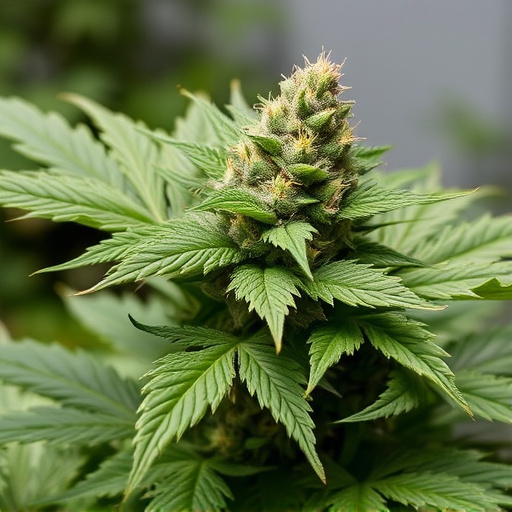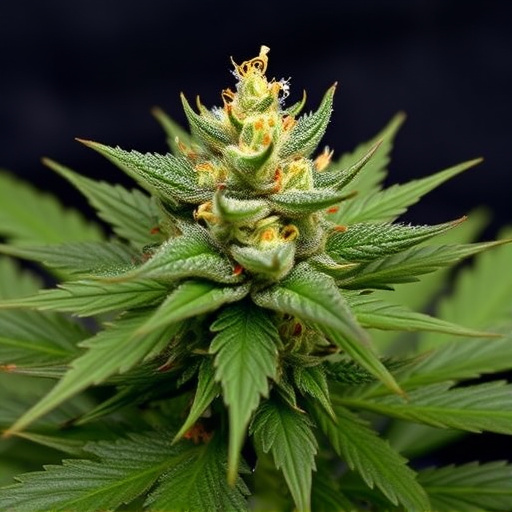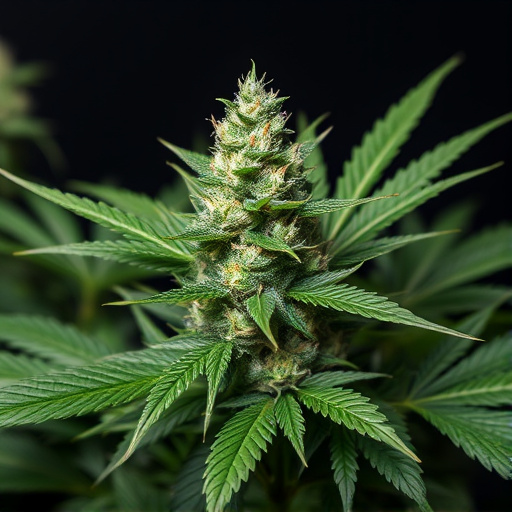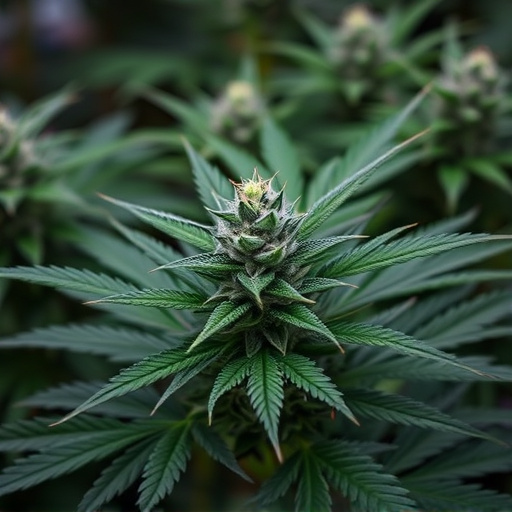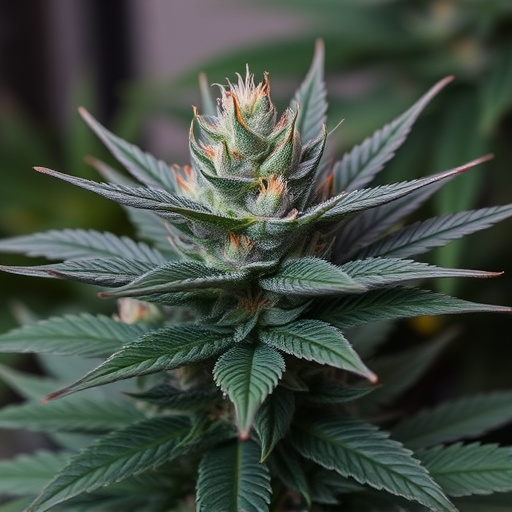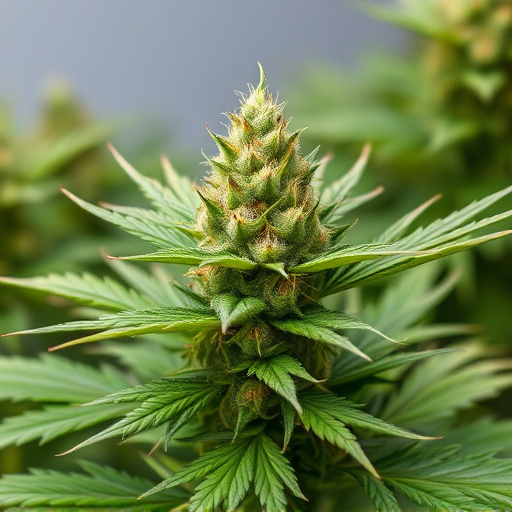Advanced drug testing methods, including urine, blood, and saliva tests, detect sativa cannabis strain usage through THC metabolites and direct measurements. Sativa strains' high THC content can persist in the body for extended periods due to its fat-soluble nature, impacting cognitive functions and physical abilities. Strategies to reduce detection include choosing low-THC, high-CBD sativa strains or alternative consumption methods like vaporizers and edibles.
Weed, or cannabis, has gained legal recognition for medicinal and recreational purposes, yet its use can still result in positive drug tests. This article explores how weed shows up in standard drug screenings, focusing on the prevalence of THC (tetrahydrocannabinol) in sativa cannabis strains. We’ll delve into the science behind testing methods, understand why sativas have higher THC levels, and discover strategies to reduce the risk of detection.
- Understanding Drug Testing Methods
- The Presence of THC in Sativa Cannabis Strains
- Strategies to Reduce Detection in Tests
Understanding Drug Testing Methods
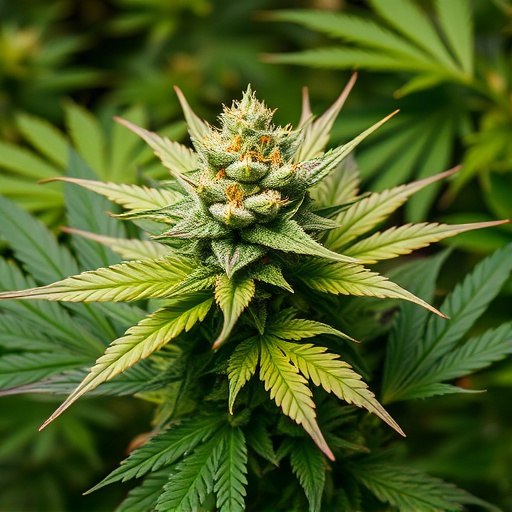
Drug testing methods have evolved significantly over the years, with various techniques now available to detect the presence of substances like weed (or cannabis) in an individual’s system. Understanding these methods is crucial when considering the potential implications for users of sativa cannabis strains. The most common drug tests include urine, blood, and saliva tests. Urine tests, often used in workplace settings, rely on detecting metabolites of THC (tetrahydrocannabinol), the main psychoactive compound in cannabis. These tests can identify recent cannabis use, as THC metabolites can remain in the body for varying periods depending on frequency and amount consumed.
Blood tests, while less common, offer a more comprehensive analysis. They can detect THC and its metabolites directly in the bloodstream, providing a precise measurement of recent cannabis consumption. Saliva tests, also known as oral fluid tests, are increasingly popular due to their non-invasive nature. These tests look for THC and its breakdown products in saliva samples, offering a quick and relatively accurate method for detecting recent cannabis use. With such diverse testing options, understanding how each method works can help individuals make informed decisions regarding their use of sativa cannabis strains and the potential consequences.
The Presence of THC in Sativa Cannabis Strains
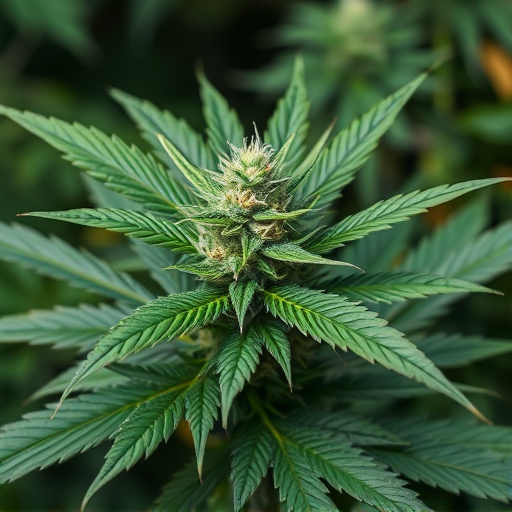
Sativa cannabis strains are known for their distinct effects and popular use among consumers. However, one notable component that can remain in the body long after consumption is tetrahydrocannabinol (THC), the primary psychoactive compound responsible for the ‘high’ associated with marijuana. THC is fat-soluble, meaning it gets stored in adipose tissue (fat cells) throughout the body, including the liver and muscles. This property is why its detection can persist for days or even weeks after initial use, depending on factors like frequency of consumption, strain potency, and individual metabolism.
In terms of sativa cannabis strains, these varieties tend to have higher levels of THC compared to other types, making them more potent. As a result, individuals using sativas may experience longer-lasting effects, and consequently, a higher likelihood of THC remaining detectable in drug tests. It’s important to be aware that the presence of THC in the body can impact various aspects, from cognitive functions to physical abilities, long after one has stopped using cannabis.
Strategies to Reduce Detection in Tests
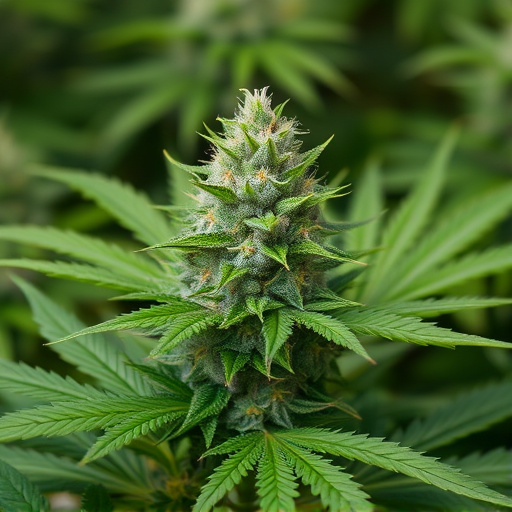
Many people interested in using cannabis, whether for medicinal or recreational purposes, are concerned about its potential to show up in drug tests. This is especially true for those who need to pass a test for employment, licensing, or other legal reasons. However, there are strategies to reduce detection, particularly when it comes to sativa cannabis strains, which have varying chemical compositions and effects compared to their indica counterparts.
One approach is to choose specific sativa strains known for having lower levels of THC (tetrahydrocannabinol), the primary compound tested in most drug screenings. Research suggests that some sativa strains may contain less than 0.3% THC, below the threshold set by many testing facilities. Additionally, consuming cannabis products with higher CBD (cannabidiol) content can be beneficial, as CBD does not bind to the receptors targeted by THC, thus reducing the likelihood of a positive test result. Other methods include using alternative delivery methods like vaporizers or edibles, which can slow down the absorption rate of THC into the bloodstream.
Weed, or cannabis, can still be detected in drug tests even months after use, primarily due to the presence of tetrahydrocannabinol (THC) in sativa cannabis strains. Understanding how THC remains detectable is crucial for those who need to pass drug tests. By learning about different testing methods and employing strategies to reduce detection, individuals can navigate these challenges more effectively. These insights are essential, especially as access to medical marijuana expands, ensuring that users remain aware of the potential implications of their use.
